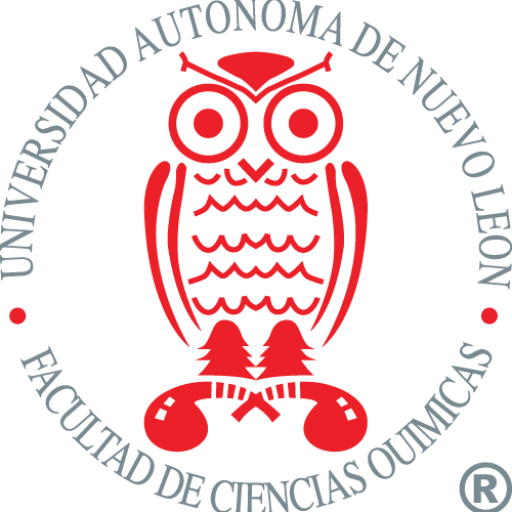Share
Toxicology, Drug, and Food Analysis Lab
The laboratory, established in the 1980s, was founded to provide analytical services to local and regional companies. It collaborates closely with its in-house laboratories to facilitate the development of new products and to enhance quality control procedures, thus contributing to process improvement.
Our activities encompass proximal bromatological analysis, the creation of national nutritional tables, and the design of seals for products intended for sale in Mexico, as well as those intended for export to the United States.
We conduct microbiological analysis of raw materials, packaging, food, and water. Additionally, we offer specific analysis services for quantifying minerals and heavy metals.
In addition to our core services, we offer supplementary support to our clients, including assistance with quality audits, project development, and professional advisory services.
Services
- Mineral oils according to FEUM
- Basic Bromatological
- Full bromatological
- Compliance Testing for Food Ingredients and Raw Materials.
- Total acid content
- Benzoic acid or sodium benzoate
- For the table of nutritional information according to the Mexican Official Standard NOM-051-SCFI/SSA1-2010.
- Total sugars
- Available carbohydrates
- Total carbohydrates (estimated)
- Total ash
- Caloric content (kcal and kJ)
- Net content
- Total dietary fiber
- Saturated, monounsaturated and polyunsaturated fats.
- Humidity
- Lipids
- Protein (Kjeldahl method)
- Sodium
- Mineral oils according to FEUM
- Basic Bromatological (5 parameters: moisture, ash, protein, lipids and carbohydrates)
- Complete Bromatological (6 parameters: basic package and crude fiber)
- Fatty Acid Profile with breakdown (includes 25 fatty acids)
- Nutritional table for export to the United States.
- National Nutritional Table: Includes warning labels
- Estimated shelf life for food samples: Includes microbiological, physicochemical and organoleptic or sensory parameters.
- Antimicrobial activity
- Sporicidal activity
- Free-living amoebae (microscopy)
- Sulfate-reducing bacteria
- Fecal coliforms (MPN)
- Total coliforms (MPN, CFU)
- Fecal Enterococci
- Fecal streptococci
- Enterobacteriaceae
- Escherichia coli
- Helminth eggs (microscopy)
- Genus identification
- Aerobic mesophilic
- Anaerobic mesophilic
- Microscopic observation
- Gram reaction
- Lactobacillus spp
- Yeasts
- Listeria monocytogenes
- Molds
- Pseudomonas aeruginosa
- Salmonella
- Staphylococcus aureus
- Vibrio cholerae
- Vibrio parahaemolyticus
- Basic microbiological analysis
- Microbiological analysis of water and beverages for human consumption.
- Environmental analysis (bacteria, molds and yeasts)
- Analysis of living and inert surfaces
- Antimicrobial activity in disinfectant products NMX-BB-040-SCFI-1999
- Antimicrobial activity in coated plates or slides
- Sporicidal activity Vs Bacillus subtilis according to AOAC method
- Basic microbiological analysis for paints or pigments
- Determination of pathogenic microorganisms
- Total acid content
- Free fatty acids
- Total aflatoxins
- Starch
- Organoleptic or sensory analysis
- Invert sugars, reducing and total sugars
- Benzoic acid or sodium benzoate
- Sorbic acid or potassium sorbate
- Caffeine (purity)
- Total, sulfated, alkaline and acid insoluble ashes.
- Sanitation audit
- Sampling in the metropolitan area
Head Facultad de Ciencias Químicas




